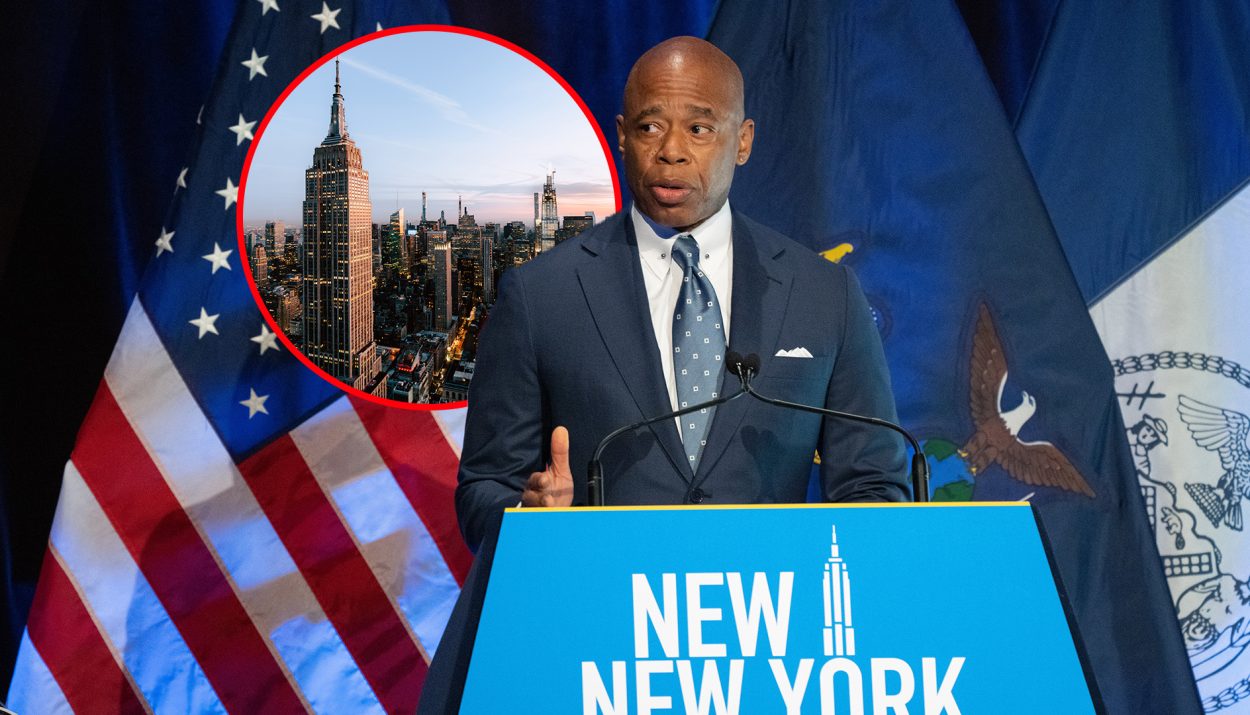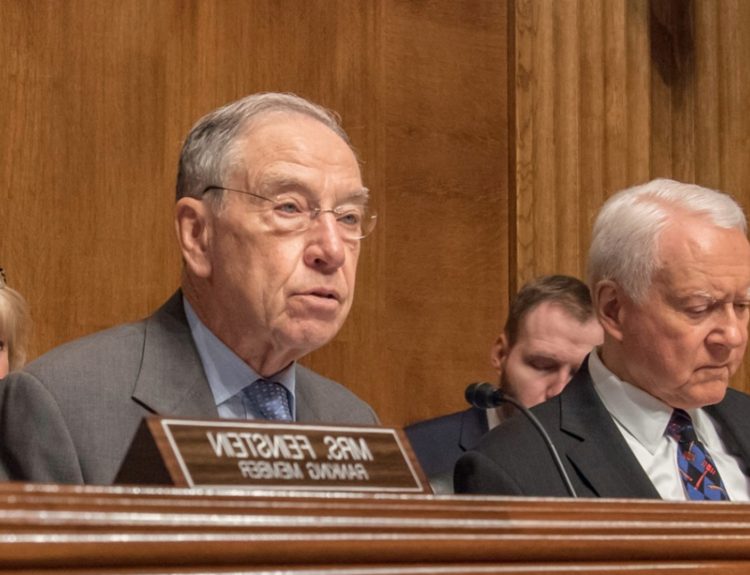Amid a housing crisis, 100,000 apartments vanished in New York City. Thousands of city dwellers are left struggling to find a place to rent. With so many buildings in such a large metropolitan area, it may seem impossible. So, what really happened to the housing market? After all, these apartments had to go somewhere.
What’s Behind The NYC Housing Problem?
New York City stacks its residents on top of one another in high-rise apartment complexes. The solution to fit so many people in a relatively small space was to build up, not out. Across the cityscape, one can view the many apartment buildings stretching for the sky. At first glance, it may seem like more than enough for all the city dwellers.
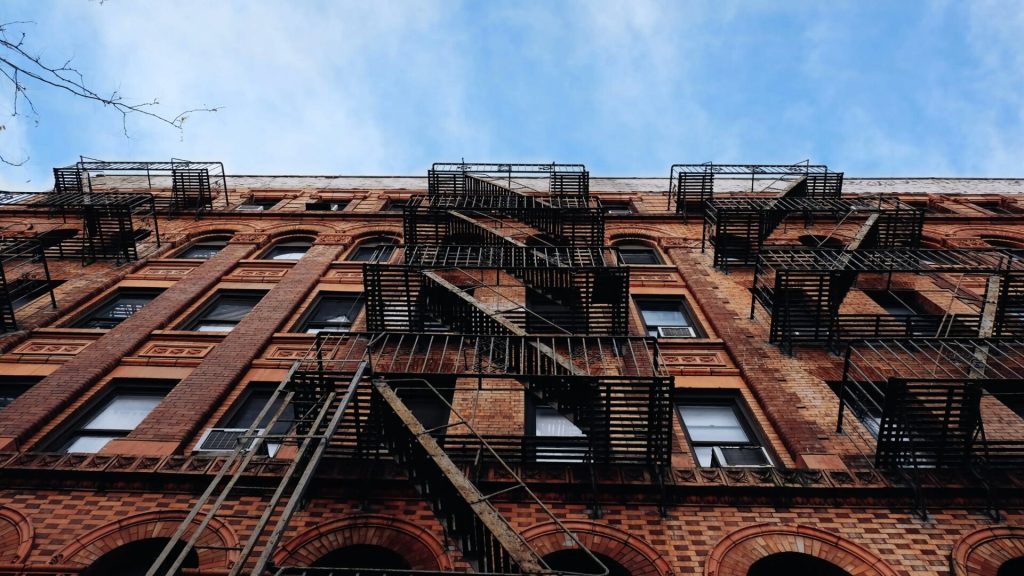
While these apartments suit most people, others quickly require more space as their families grow. Herein lies the problem for New York City renters. Those who can afford the costs purchase multiple units and combine them with renovations. Each combination reduces the number of available apartments.
Expansion Is The Key To A Roomier Lifestyle
For those with the funds, expansion makes the most sense. They’ve already invested in their current apartments. Moving isn’t an option. With some creative thinking, the apartment next door or even on the next floor up can become additional space to expand. While costly, this practice saves them the time and energy of having to move.

Most measure the changes in the city based on the rise and fall of major architectural structures. Apartment buildings are no exception. What’s less recognized is the significant changes behind the buildings’ exteriors. Going further, how these changes impact the housing market is often overlooked.
Time Marches On, Bringing Massive Changes
Since the 1950s, many New York City multi-family buildings have undergone conversions. More than 100,000 units have been absorbed into others, creating larger luxury apartments. This practice leads to more comfort and space for those expanding. However, fewer apartments are available for the hungry housing market.
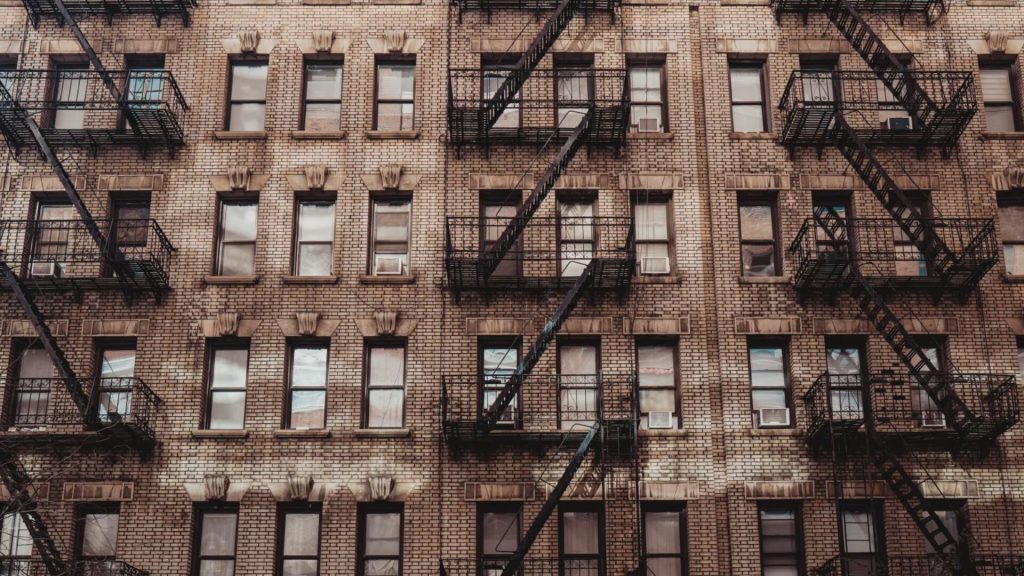
In that same period, the number of apartments within the city increased. However, the building rate needs to be faster to meet the demands of renters. Despite ongoing construction, the population continues its steady growth. The result is a continued increase in housing demand.
Apartment Combinations Increase In Rate
In the 1990s, these apartment combinations increased to an all-time high. This uptick occurred after the city emerged from an economic crisis. The wealthier neighborhoods saw most of the progress. The Upper East Side in Manhattan and Park Slope in Brooklyn were just two impacted areas. The more affluent residents took advantage, creating a luxurious lifestyle for their families.

Unfortunately, these are the neighborhoods that would benefit from more housing. They have access to public transit and many of the city’s jobs. Several of these buildings were originally single-family homes. In the early 1900s, many property owners split them into multi-family complexes. Later, residents restored them to single-family homes once more.
Apartment Consolidation Isn’t Necessarily Bad
Finding only one or two-bedroom apartments is common in New York City. This limitation makes it hard to house a growing family. So, it’s not always bad when someone wants to expand. Combining apartments benefits many due to the absence of housing for larger families. However, others are concerned with the rate at which these combinations occur during this housing crisis.

While the loss of so many apartments occurred over 70 years, it’s still alarming to many city residents. Combine that with the recent rent hike, and it’s not hard to see why so many are worried. Not to mention, consolidations don’t appear to be slowing down. Many apartment owners plan their investments for the long term. To make the most of their space, consolidating units is ideal.
Other Problems Further Complicate The Shortage
With the decreased available housing, New Yorkers have seen even more problems. For one thing, the lack of housing has resulted in excessive rental and purchase rates. One of the primary problems is the increase in jobs is far outpacing the rise in property development. The dwindling housing market cannot keep up with the increase in residents.
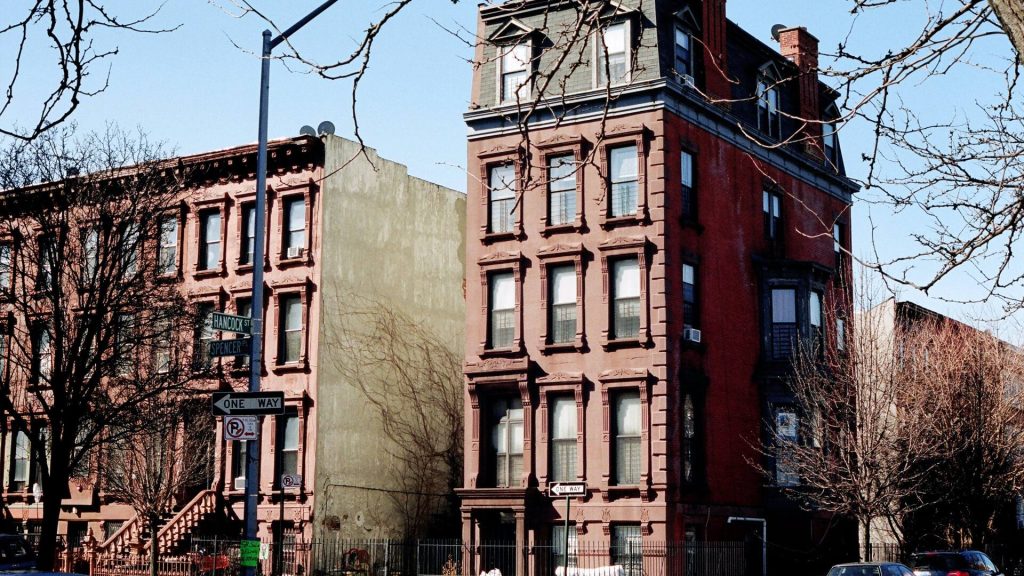
Since 2010, the job market has increased at a rate of 20%. However, the housing market has come nowhere close to that, rising at only 4%. In addition, around half of New York City residents face the problem of being rent-burdened. They spend more than 30% of their income on housing alone. This problem makes city living quite expensive for many.
A Plan To Fix The Housing Crisis
Mayor Adams isn’t just standing by watching the city suffer this housing shortage. Instead, he’s planning to develop 100,000 new homes over a period of 15 years. This plan could be the solution to housing 250,000 people currently unable to find rentals within the city. Like any plan for progress, it won’t happen with a snap of the fingers.

While this is a significant step in the right direction, it won’t magically solve all the city’s housing problems. Apartment owners will continue to consolidate to enhance their spaces. The job market will continue to grow. The construction of multi-family buildings will need to outpace the housing demand. The city must replace every apartment lost with multiple to compensate.
Where Does New York City Go From Here?
As long as apartment owners continue consolidating, they will impact the housing crisis in New York City. Of course, the loss of 100,000 apartments didn’t happen overnight. Because of this, residents cannot expect a resolution to occur immediately. With a plan in place to help offset the crisis, Mayor Adams is taking the first critical step toward solving the problem.

With the inevitability of change that comes with progress, New York City will continue to evolve. The current housing crisis is severely impacting renters and owners alike. However, the future holds promise with Mayor Adams and his team’s projected plans for housing development. With the outlook somewhat brighter, the city can expect significant changes.

